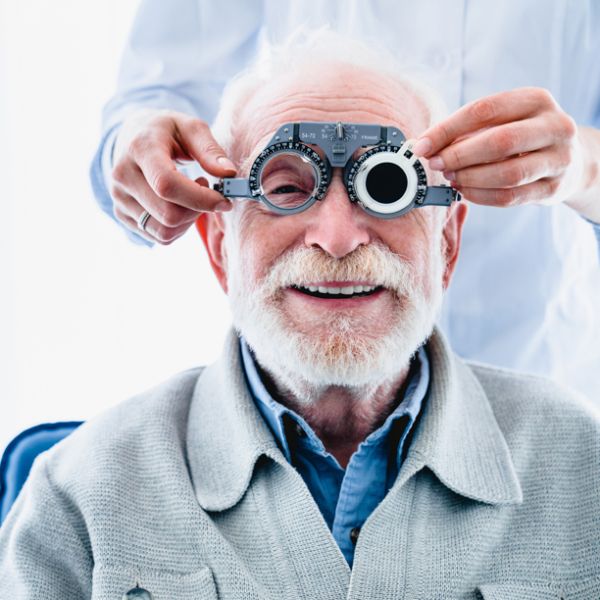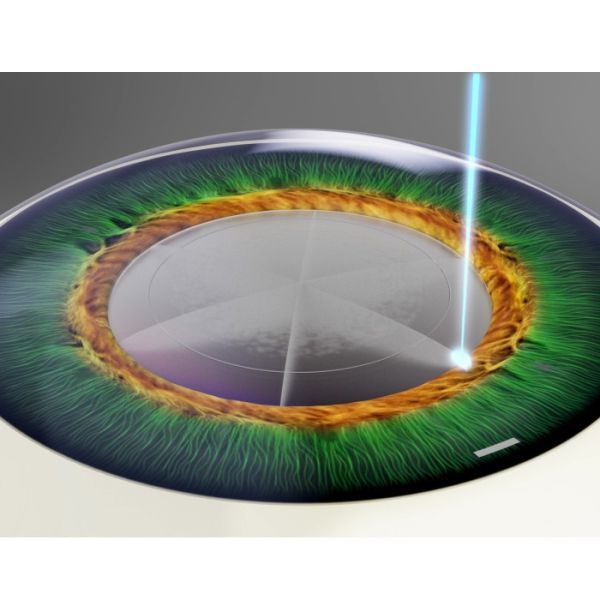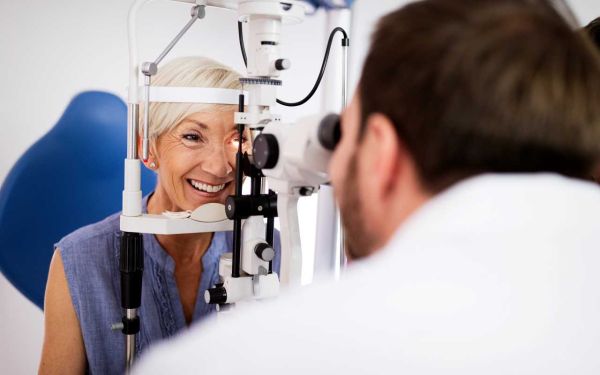
Cataract surgery
(Z-Cataract)
Cataracts can be quickly, safely, and practically painlessly treated with a femtosecond laser. With a premium lens that can be used in such a procedure, excellent vision can be restored after the surgery – often without the need for glasses.
Discover a dedicated cataract specialist here to provide expert solutions for your vision:



